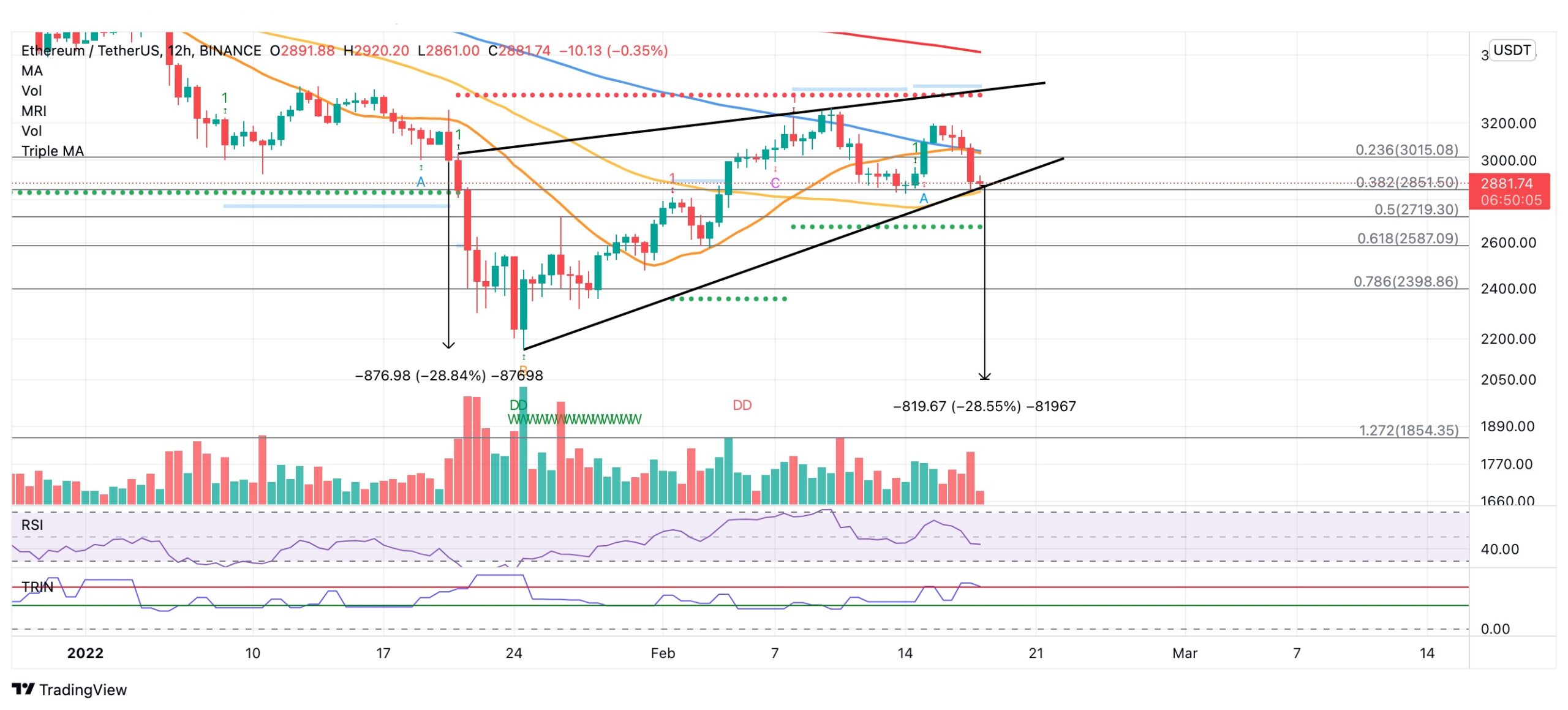
The paper claims that Ethereum faces greater risks, scalability concerns, and complexity issues than Bitcoin. It was also said that Ether’s volatility was greater than Bitcoin’s. When it comes to smart contracts, Ethereum may lose its monopoly since it confronts more competition than Bitcoin does when it comes to storing value. In a recent report, Morgan Stanley predicted that Ethereum’s dominance of the smart contract platform industry might be threatened by quicker and cheaper competitors.
As a result, Morgan Stanley believes that Ether is a more risky investment than Bitcoin, which requires fewer transactions per user. Nevertheless, since Ethereum demand is so tightly linked to activities, the network’s scalability limits may affect ETH demand higher than Bitcoin requirement.
There is also a possibility that tougher regulations in the DeFi and NFT industry might diminish demand for Ethereum trades. Ether is less decentralized than Bitcoin, with 39% of its total supply held by the top 100 addresses, according to Morgan Stanley, as opposed to 14% for BTC.
On a more positive note, Morgan Stanley’s analysis said that Ethereum has a bigger market potential than Bitcoin, owing to its deflationary architecture based on transaction-based burning. The Ethereum network’s speed may increase dramatically if it switches to a proof-of-stake consensus method.

An ascending wedge formation on the 12-hour chart of Ethereum’s price suggests a retreat might be on the cards. ETH has declined below the lower range of the dominating technical pattern at $2,883, which corresponds to the 50 twelve-hour Simple Moving Average (SMA). Slicing through this vital layer of support might result in a 28% drop. If buying pressure intensifies, the 100-hour SMA at $3,039, which is also the 21-hour SMA, will serve as the first point of resistance.
